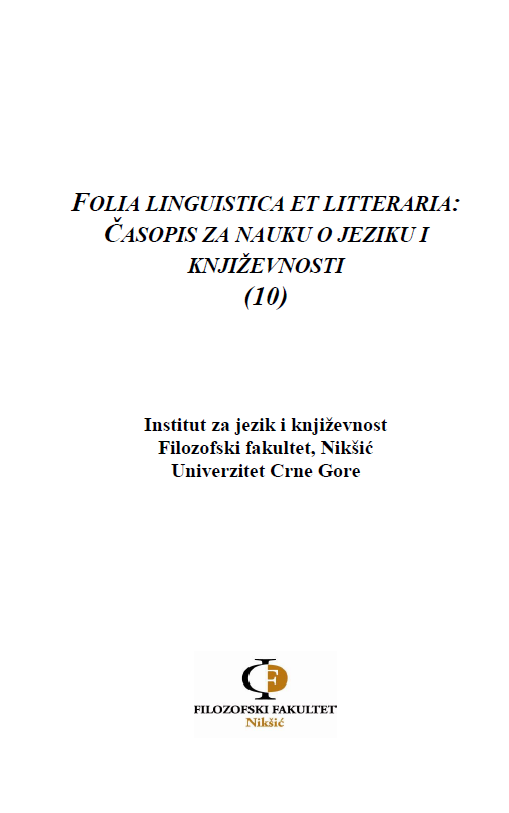ANALYSIS OF THE TRANSLATION PROCESS FROM SOURCE LANGUAGE TEXTS TO THEIR CORRESPONDING TARGET LANGUAGE TEXTS
ANALYSIS OF THE TRANSLATION PROCESS FROM SOURCE LANGUAGE TEXTS TO THEIR CORRESPONDING TARGET LANGUAGE TEXTS
Author(s): Anejda RragamiSubject(s): Theoretical Linguistics, Lexis, Pragmatics, Translation Studies
Published by: Filološki fakultet, Nikšić
Keywords: translation analysis; translation process; grammatical analysis; sentence structure; lexicological analysis; word choice; stylistic analysis; style; pragmatic analysis;
Summary/Abstract: Considering various semantic, socio-cultural, grammatical differences between the source language and the target language, loss and addition of information in translation cannot be avoided. Basnett-McGuire states “once the principle is accepted that sameness cannot exist between the two languages, it is possible to approach the question of loss and gain in the translation process” (30). Bell suggests a similar point that “something is always lost or, one might suggest, gained in the process” (6), and according to Nida, "all types of translation involve 1) loss of information, 2) addition of information, and /or 3) skewing of information" (27). In order to be as close as possible to the stylistic and grammatical features of the target language, structural adjustment in translation is necessary. As translation involves at least two languages and since each language has its own peculiarities in phonology, grammar, vocabulary, culture as well as other aspects, the translation involves a certain degree of change in meaning of the source text. This means that it is impossible to say that the translated version is identical with the original version.
Journal: Folia Linguistica et Litteraria
- Issue Year: 2015
- Issue No: 10
- Page Range: 59-66
- Page Count: 8
- Language: English

